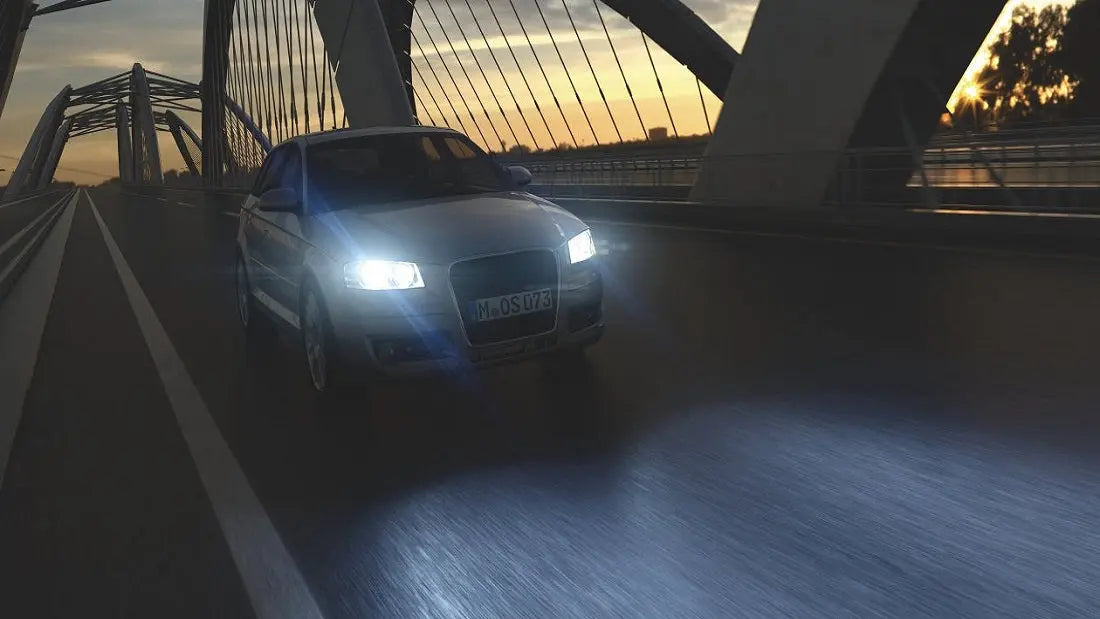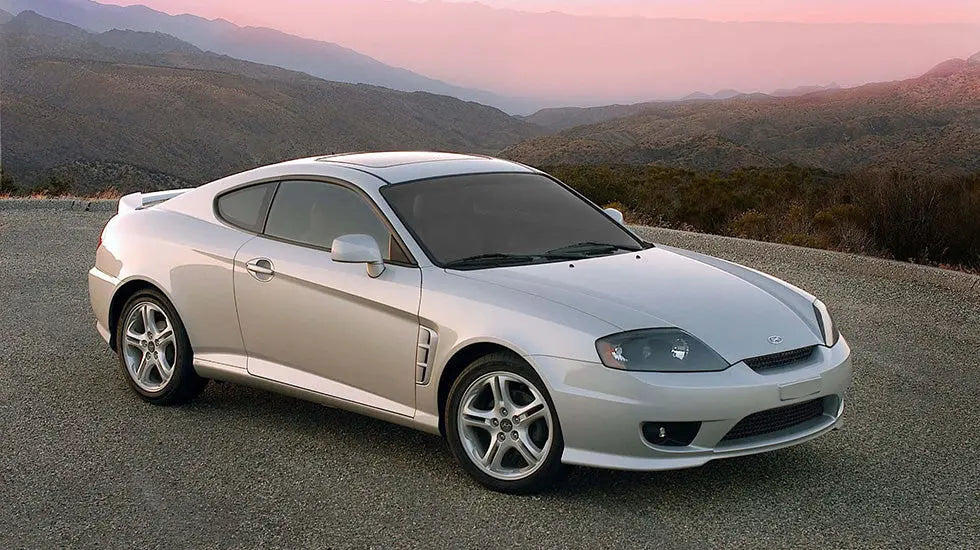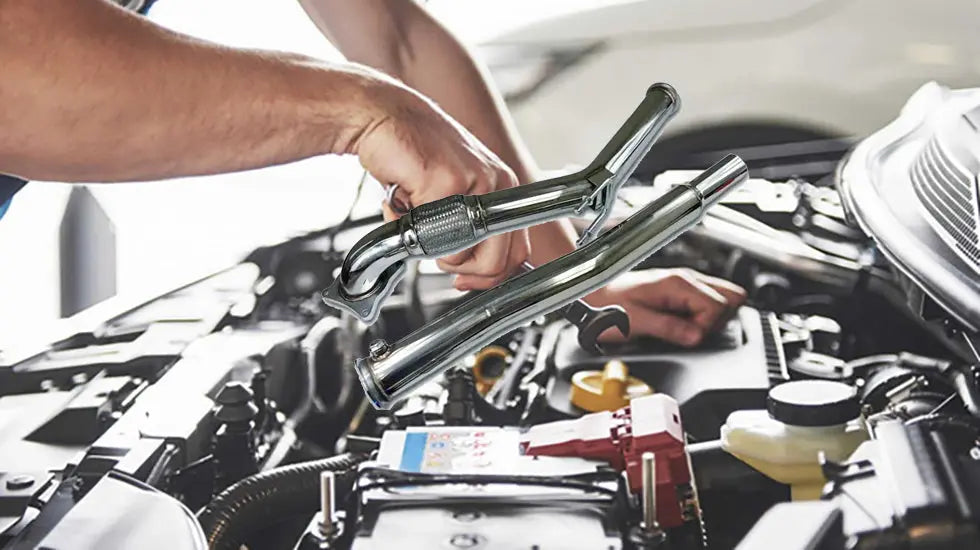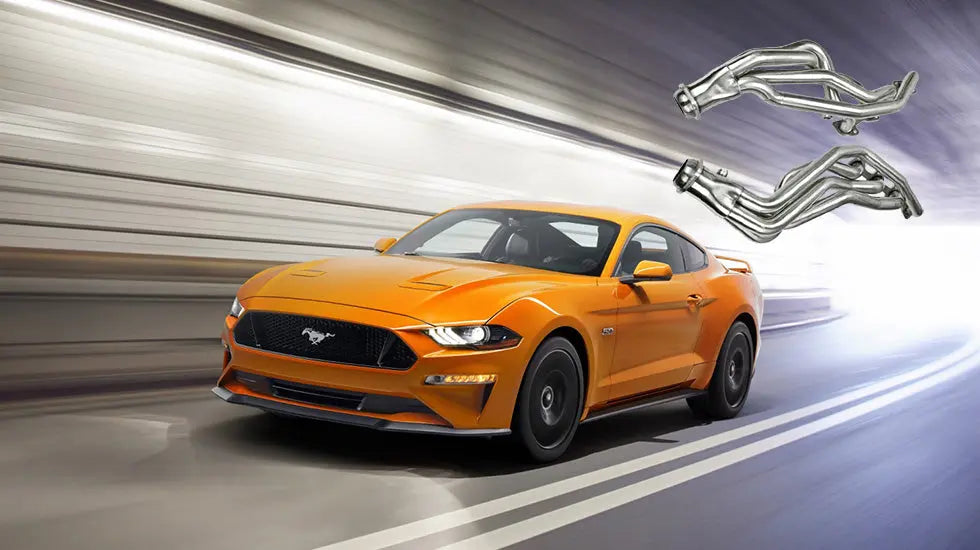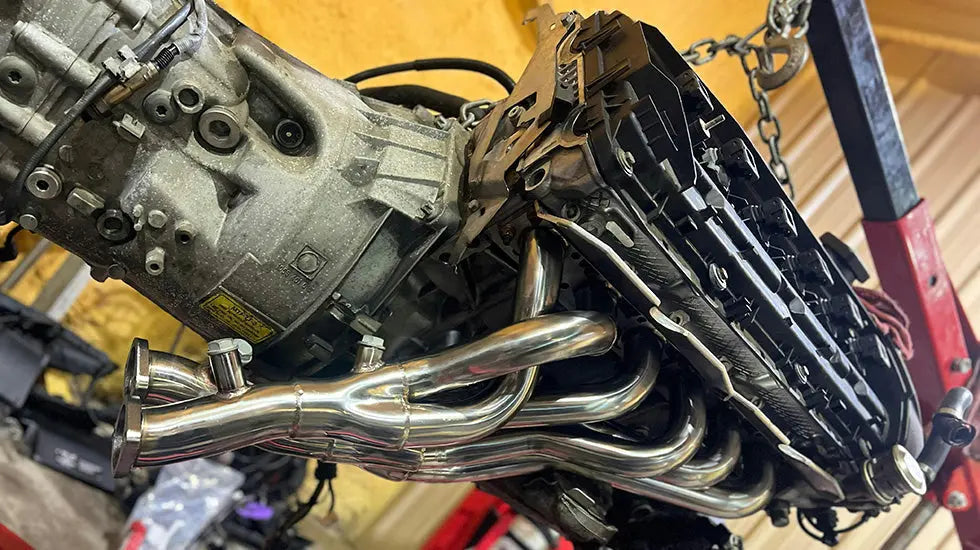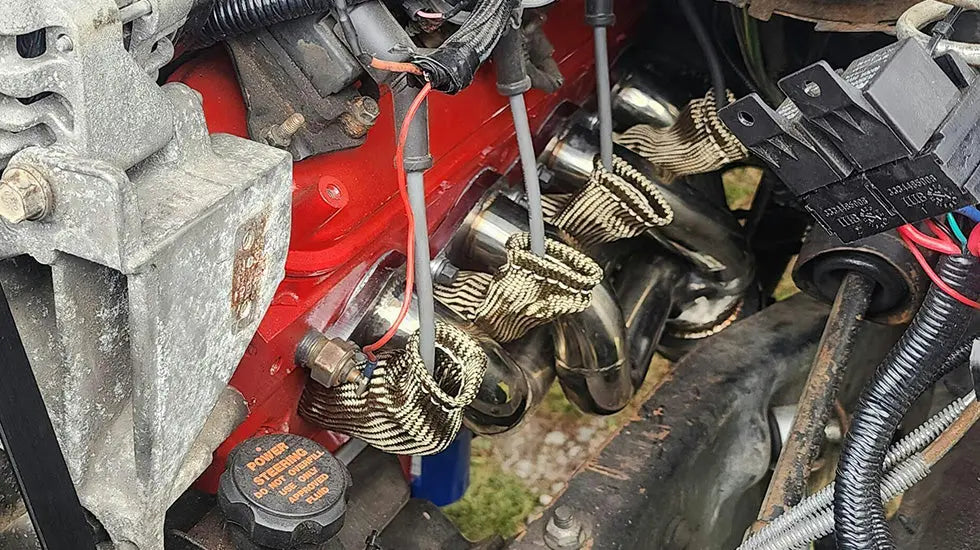What Is Car Exterior LED Lighting?
LED light for a car emits light from a semiconductor rather than a light bulb. Light is produced by the semiconductor when current flows across it. Installing LED lighting in your car has a lot of advantages. These consist of:
- Lifespan - The lifespan of LED lights is greater than that of traditional lighting. A typical LED light can last 15,000 hours, compared to 1,000 hours for a halogen light. While LED lights are more expensive than conventional lights, you won't need to replace them as frequently.
- Safety - In comparison to conventional headlights, LED headlights emit a longer, wider beam that extends your field of vision in the dark. Additionally, because they don't emit a glare like halogen or high-intensity lights do, they are less likely to cause other drivers to become legally blind.
- Immediacy - Drivers may not instantly notice halogens or high-intensity lights since they can take some time to reach their maximum brightness. But when you turn on LED lights, they get brighter right away. If, for instance, you have LED brake lights, the vehicle behind you will see them the moment you press the brake pedal.
- Energy Efficiency -LED lighting uses less energy and produces more light than traditional lighting. Due to their lower usage, they do not deplete the battery of your automobile as quickly as halogen lights do.
Types of Car Exterior LED Lighting
You may install a variety of exterior LED lighting options on your car.
- LED Headlights
LED headlights have a longer lifespan than traditional lighting, a longer, wider beam of light, and no glare. Many LED headlights are adaptive, which allows them to change their beam pattern to better illuminate the road ahead of you when you need it. LED headlights are offered in a range of hues, unlike halogen headlights, which typically only come in white or yellow.

- LED Taillights/Brake lights
LED tail lights create greater light while using less energy, similar to LED headlights. Compared to standard lights, they are more visible to other motorists.

- LED Turn Signal Lights
When you activate your turn signal, LED turn signal lights are more visible to other vehicles. The average lifespan of one is 50,000 hours.

- LED Fog Lights
Compared to traditional headlights, LED fog lights produce a brighter beam of light. You may select the ones that go well with the headlights on your automobile because they come in a variety of sizes and forms.

- LED Accessory Lights
You can install a variety of LED accessory lights in addition to safety lights, including underbody lights, light strips, and tubes. These are a simple way to personalize your car and are available in many colors.
How to Replace/Install Car Exterior LED Lighting
Warning: This article's general recommendations should not be construed as a replacement for the instructions that go with your particular vehicle. Before starting any repairs, we kindly ask that you reference your owner's manual or repair manual.
You'll need to install your chosen LED lights once you've made your decision.
- Remove the Bumper Cover
You must take off your car's bumper cover in order to install LED headlights and fog lights. Typically, a flathead screwdriver and socket wrench are all that are needed to do this procedure. Check the owner's manual of your vehicle if you're unsure whether you need additional tools. You can access the anchor points for the headlamp assembly once you remove the cover. You can get to the assembly through the trunk if you're adding LED taillights. Depending on the type of automobile you drive, you might need to remove a panel.
- Unbolt the Assembly
For access to the front-end light system, you might need to remove the front grille part of your car. The assembly can be unbolted after any obstructions have been cleared away. If in doubt, check your owner's handbook; however, all you should need for this technique is a socket wrench and a flathead screwdriver. The taillight assembly should be able to be unbolted using the same tools. Because either part is connected to fragile electrical wire, you should slide it away from the car as gently as you can when unbolting it.
- Disconnect the Wiring
Make sure the assembly is removed far enough so that you can see the electrical wiring clearly. Depending on your car, you might be able to simply squeeze the connections' edges to disconnect the wiring. Your owner's handbook will include removal instructions if locking clips are used to secure the connectors in place.
- Connect the New Exterior LED Lighting
If you are replacing traditional lighting with LED lighting, you'll notice that your new lights have extra wiring. Which connectors each wire should plug into is described in your owner's manual. Using a wire stripper, take an inch of insulation off each wire after you are aware of which wires go where. Then, attach the "power" and "ground" wires to the appropriate light circuit and ground points, respectively.
- Test the New LED Lighting
Before you screw the LED headlights back into place after installation, you should test them to ensure that they are pointed in the appropriate direction. You may bolt them back into place and reinstall the grille and bumper cover after making sure everything is functioning properly. When mounting taillights, you should test them as well before fastening them.
Jeep LED Lights
A new set of LED lights can improve your Jeep Wrangler's appearance and functionality if you're considering making some modifications to it.
What Are Jeep Wrangler LED Lights?
Automotive LED lights, such as those used on Jeep Wranglers, produce light using semiconductors as opposed to light bulbs. The following are just a few advantages of replacing your Jeep Wrangler's halogen lights with modern LED lights:
- Longer Lifespan - Around 1,000 hours of light are produced by a typical halogen bulb. But you may get up to 15,000 hours of illumination with LED lights. Despite the fact that LED lights are more expensive than halogen lights, you'll save money over time because you won't need to replace them as frequently.
- Safety - You'll be able to see farther in the dark thanks to the longer and wider beam that LED lights emit compared to halogen lights. In addition, halogen lights frequently emit a glare that could impair other drivers' vision. Glare is eliminated with LED lighting.

